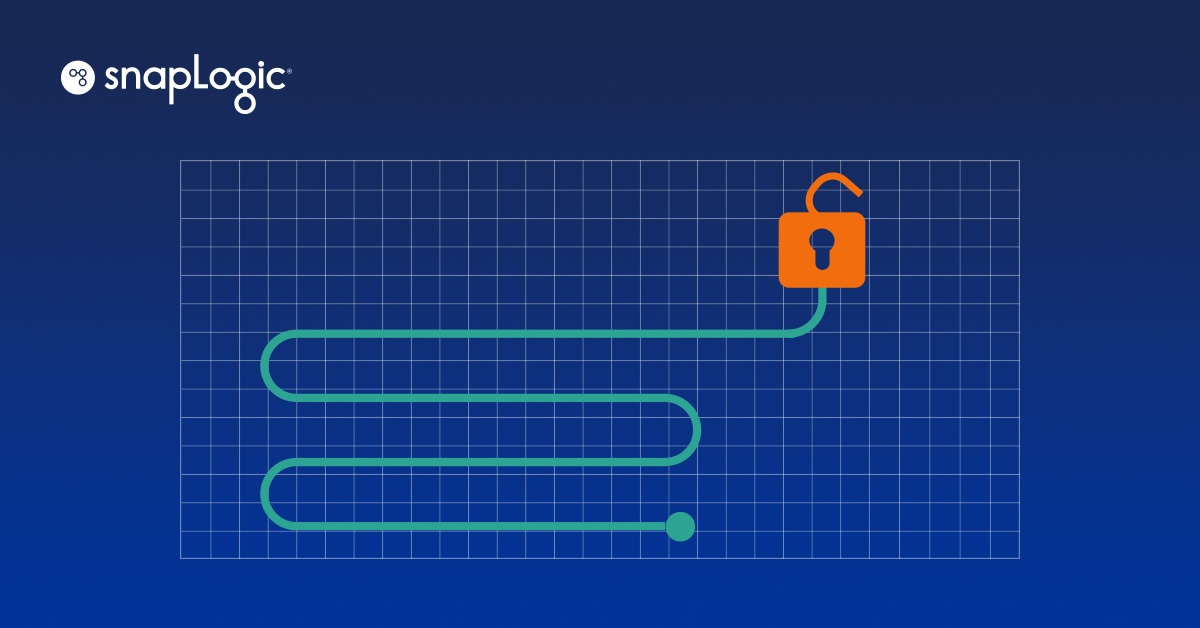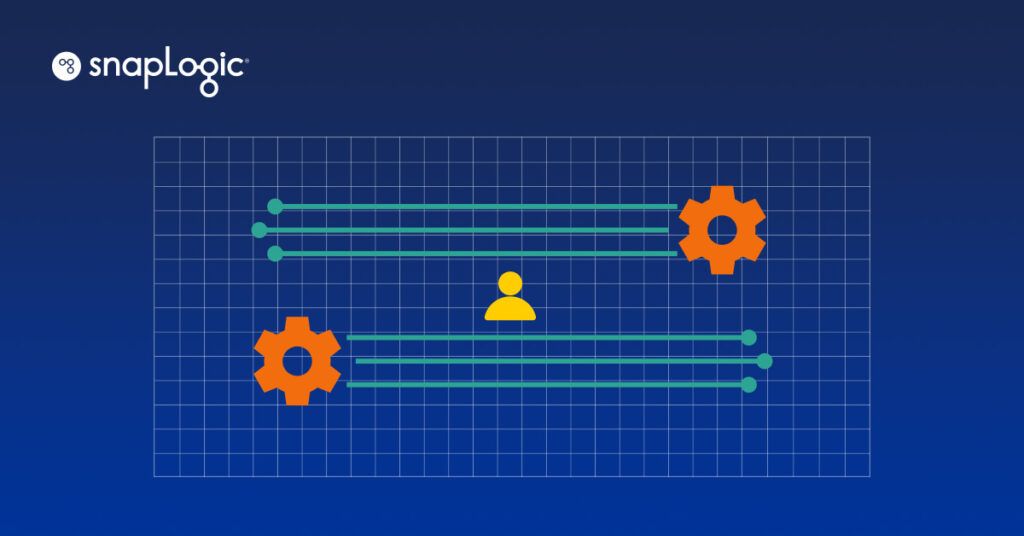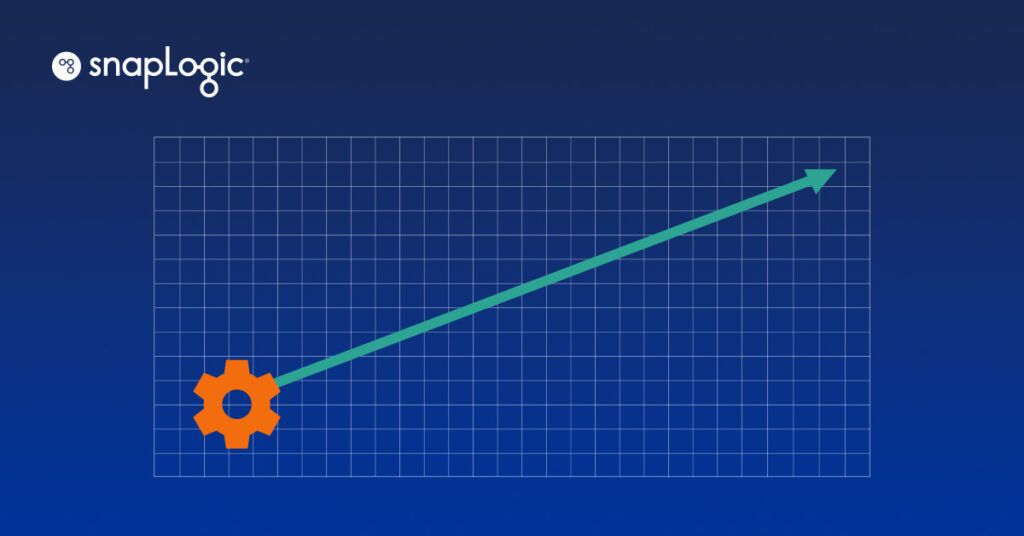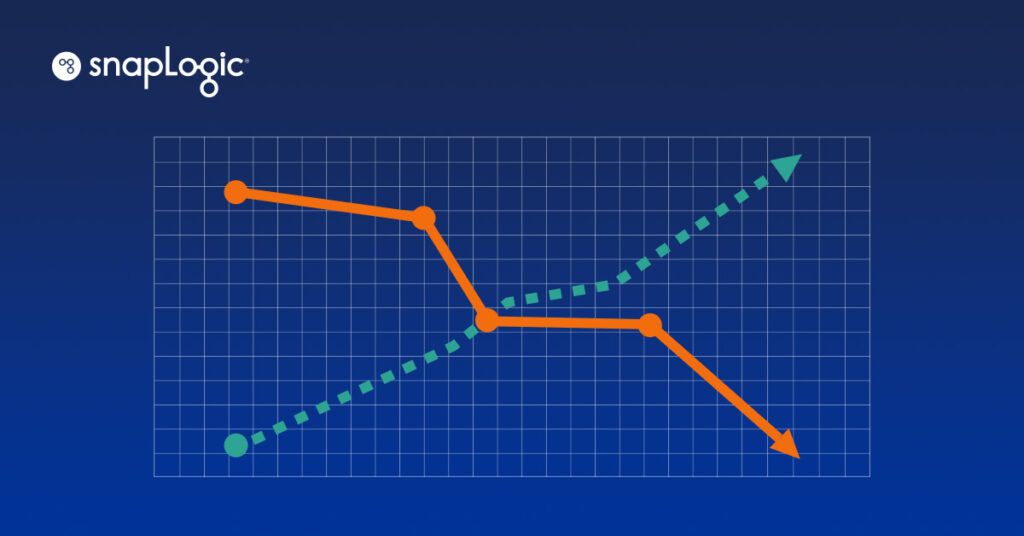Top 8 ways an iPaaS can accelerate building data services
In today’s data-driven world, monetizing your data by providing data services for sale to your customers, suppliers and partners, can be a new source of revenue. Quickly building robust and efficient data information services is crucial for enterprise SaaS companies looking to expand their business and profitability.
Building a new data service offering is typically based on a unique or specially curated data set that is offered as a product to customers. Examples of such services could include market research information, benchmark data, telemetry data, product maintenance or failure rate data, and a broad range of other data sets. Essentially any unique data set or combination of data sets that an organization has legal rights to distribute can be customized and sold as an incremental revenue stream.
SnapLogic’s industry-leading integration platform as a service (iPaaS), can be utilized as an OEM or embedded platform to quickly and simply connect data across the organization. As enterprise SaaS companies are considering the move to offer new data-based products or services, there are a few key things to consider.
1. Data integration simplified
An intuitive visual interface and drag-and-drop functionality simplify the data integration process. Enterprise SaaS companies can seamlessly connect and integrate data from various sources, including cloud applications, databases, APIs, and more. This streamlined integration eliminates the complexity of data silos and empowers companies to provide a comprehensive and unified data information service to their customers.
2. Real-time data connectivity
A vast library of pre-built connectors enables seamless connectivity to a wide range of data sources and applications. This real-time data connectivity empowers enterprise SaaS companies to deliver up-to-date and accurate information to their customers, ensuring that insights and analytics are based on the latest data. Real-time data access and integration drive customer trust and enhance the value of the data information service.
3. Data quality
Ensuring data accuracy, consistency, and quality is paramount when building a data information service. A platform with built-in data quality checks, transformations, and data preparation features powered by artificial intelligence that enable SaaS companies to maintain high data standards. With these capabilities, companies can improve the reliability of their data information service, enhance customer confidence, and reduce the risk of data-related issues.
4. Scalability and performance
Cloud-native architecture provides the scalability and performance needed to handle large volumes of data and support growing customer demands. As the data information service expands, the platform seamlessly scales to accommodate increased data processing requirements without compromising performance. This scalability allows enterprise SaaS companies to grow their customer base, onboard new clients efficiently, and meet the evolving needs of their customers.
5. Agile innovation
A low-code development environment enables enterprise SaaS companies to rapidly iterate and innovate on their data information service. With a visual interface and drag-and-drop functionality, companies can quickly design and deploy new data pipelines, implement changes, and introduce innovative features. This agility accelerates time-to-market, allowing SaaS companies to stay ahead of the competition and deliver cutting-edge data services that meet evolving customer expectations.
6. Customer satisfaction and retention
A robust and efficient data information service directly impacts customer satisfaction and retention. By providing customers with accurate, timely, and accessible data, SaaS companies can deliver enhanced value and drive customer success. Satisfied customers are more likely to renew their subscriptions, expand their usage, and recommend the service to others, contributing to long-term growth and profitability.
7. Monetization opportunities
Building a data information service opens doors to additional revenue opportunities. With an intelligent integration platform, SaaS companies can enrich their data offerings with value-added services such as advanced analytics, data visualization, predictive modeling, and data-driven insights. These services allow companies to differentiate their offerings, command premium pricing, and generate additional revenue streams.
8. Operational efficiency
Automation and workflow capabilities streamline data integration and processing tasks, reducing manual efforts and improving operational efficiency. By automating data pipelines and transformations, SaaS companies can optimize resource allocation, minimize errors, and enhance productivity.
Data information services are the future
In a data-driven economy and world, enterprise SaaS companies must build robust and efficient data information services to drive growth and profitability. By harnessing the power of SnapLogic, SaaS companies can unlock the full potential of their data, deliver exceptional customer experiences, and thrive in the competitive SaaS market.
To learn more about how SnapLogic can be applied to build new data information services for your customers, please reach out to us at [email protected].








